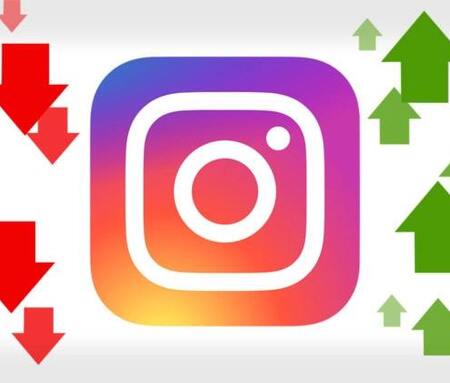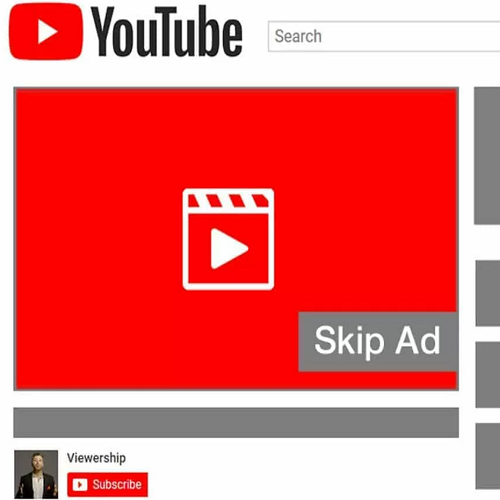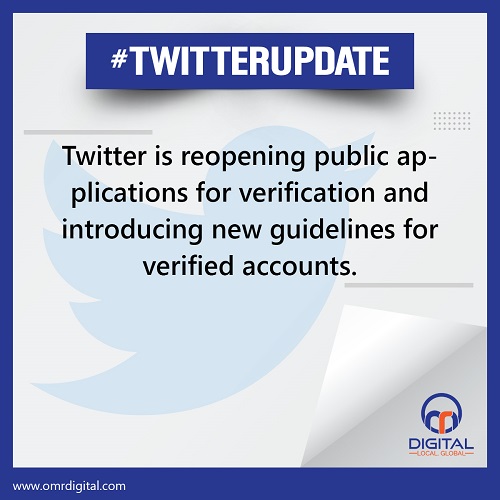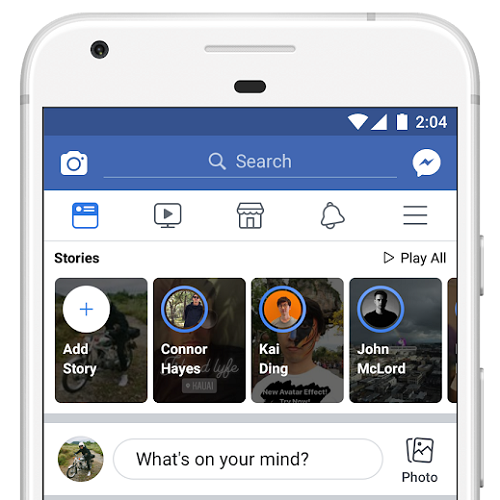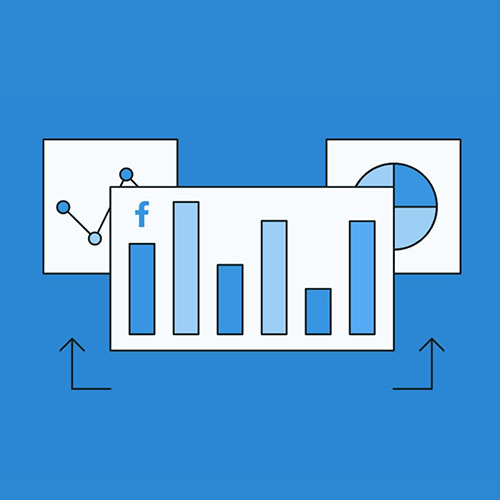
Contact Us
Related Posts
Category
A blog post written by Adam Mosseri, the CEO of Instagram clarifies how content is ranked for users in various sections of the application.
Mosseri goes over how the substance is positioned and ranked in the primary, that is the main feed, the explore feed, the reels feed, and the stories carousel. What’s more, Mosseri addresses the subject of shadowbanning and whether people groups’ theories about it are valid.
Here’s a summary of key highlights from Mosseri’s article.
The Instagram Algorithm(s)
Mosseri says that there is not only one algorithm that ranks all content on Instagram.
Each and every part of the application — Explore, Feed, Explore, Stories and Reels — has its own algorithm. Content is positioned and ranked in every one of these sections depending on how individuals use them.
How The Stories and Feed Algorithms Work?
The Stories as well as the Feed algorithms rank recent posts shared by people a user follows.
Thousands of signals are utilized to decide as well as determine the order wherein to display the content.
Mosseri says these are the main signals across the carousel of stories and main feed.
- Information about the post: This incorporates how well known it is, the number of likes it has when it was posted, where it was posted from, and other general subtleties.
- Information about the content creator: This incorporates how much engagement the creator has received in the previous few weeks.
- User activity: Incorporates signals from the user’s recent activity on Instagram, for example, the number of posts they have liked.
- A user’s history of interaction with the content creator: An example is whether the user, as well as content creator, have commented on one another posts.
At that point, the algorithms try to predict and attempt to foresee how likely a user interact with a post.
The more likely a user is to engage with a post, the higher the post will rank.
For feed posts, Instagram takes a gander at how likely a user is to:
- Spend a few seconds on a post
- Comment on a post
- Like a post
- Save a post
- Tap on the profile photo associated with the post
There are a few situations and some cases, where the algorithm takes other factors into consideration. For instance, the Instagram feed will try not to show such a large number of posts in a row from the same person.
The working of Instagram Explore Algorithm
The Instagram Explore algorithm positions and ranks the content in a separate feed from accounts that a user does not already follow.
It works in a similar way to the main feed algorithm by gathering signals from posts, a user has liked, saved, or commented on in the past.
Mosseri clarifies and explains how those signals are utilized to discover relevant content from accounts that a user is not directly connected with:
“Let’s say you’ve recently liked a number of photos from San Francisco’s dumpling chef Cathay Bi (@dumplingclubsf). We then look at who else likes Cathay’s photos, and then what other accounts those people are interested in. Maybe people who like Cathay are also into the SF dim sum spot @dragonbeaux. In that case, the next time you open Explore, we might show you a photo or video from @dragonbeaux. In practice, this means that if you’re interested in dumplings you might see posts about related topics, like gyoza and dim sum, without us necessarily”.
After the Instagram Explore algorithm discovers posts a user might be interested in, it positions and ranks them utilizing the same signals as the main feed.
To recap, those signals are:
To recap, those signs are:
- Information about the post
- A user’s activity on Instagram
- A user’s history of interacting with the content creator
- Information about the content creator.
Ultimately, content selected for the Explore the feed has to clear a set of guidelines, that is novel and unique to content recommendations.
This ends up in cases where content that’s otherwise suitable for Instagram may not be considered suitable for the Explore feed.

A blog post written by Adam Mosseri, the CEO of Instagram clarifies how content is ranked for users in various sections of the application.
Mosseri goes over how the substance is positioned and ranked in the primary, that is the main feed, the explore feed, the reels feed, and the stories carousel. What’s more, Mosseri addresses the subject of shadowbanning and whether people groups’ theories about it are valid.
Here’s a summary of key highlights from Mosseri’s article.
The Instagram Algorithm(s)
Mosseri says that there is not only one algorithm that ranks all content on Instagram.
Each and every part of the application — Explore, Feed, Explore, Stories and Reels — has its own algorithm. Content is positioned and ranked in every one of these sections depending on how individuals use them.
How The Stories and Feed Algorithms Work?
The Stories as well as the Feed algorithms rank recent posts shared by people a user follows.
Thousands of signals are utilized to decide as well as determine the order wherein to display the content.
Mosseri says these are the main signals across the carousel of stories and main feed.
- Information about the post: This incorporates how well known it is, the number of likes it has when it was posted, where it was posted from, and other general subtleties.
- Information about the content creator: This incorporates how much engagement the creator has received in the previous few weeks.
- User activity: Incorporates signals from the user’s recent activity on Instagram, for example, the number of posts they have liked.
- A user’s history of interaction with the content creator: An example is whether the user, as well as content creator, have commented on one another posts.
At that point, the algorithms try to predict and attempt to foresee how likely a user interact with a post.
The more likely a user is to engage with a post, the higher the post will rank.
For feed posts, Instagram takes a gander at how likely a user is to:
- Spend a few seconds on a post
- Comment on a post
- Like a post
- Save a post
- Tap on the profile photo associated with the post
There are a few situations and some cases, where the algorithm takes other factors into consideration. For instance, the Instagram feed will try not to show such a large number of posts in a row from the same person.
The working of Instagram Explore Algorithm
The Instagram Explore algorithm positions and ranks the content in a separate feed from accounts that a user does not already follow.
It works in a similar way to the main feed algorithm by gathering signals from posts, a user has liked, saved, or commented on in the past.
Mosseri clarifies and explains how those signals are utilized to discover relevant content from accounts that a user is not directly connected with:
“Let’s say you’ve recently liked a number of photos from San Francisco’s dumpling chef Cathay Bi (@dumplingclubsf). We then look at who else likes Cathay’s photos, and then what other accounts those people are interested in. Maybe people who like Cathay are also into the SF dim sum spot @dragonbeaux. In that case, the next time you open Explore, we might show you a photo or video from @dragonbeaux. In practice, this means that if you’re interested in dumplings you might see posts about related topics, like gyoza and dim sum, without us necessarily”.
After the Instagram Explore algorithm discovers posts a user might be interested in, it positions and ranks them utilizing the same signals as the main feed.
To recap, those signals are:
To recap, those signs are:
- Information about the post
- A user’s activity on Instagram
- A user’s history of interacting with the content creator
- Information about the content creator.
Ultimately, content selected for the Explore the feed has to clear a set of guidelines, that is novel and unique to content recommendations.
This ends up in cases where content that’s otherwise suitable for Instagram may not be considered suitable for the Explore feed.













